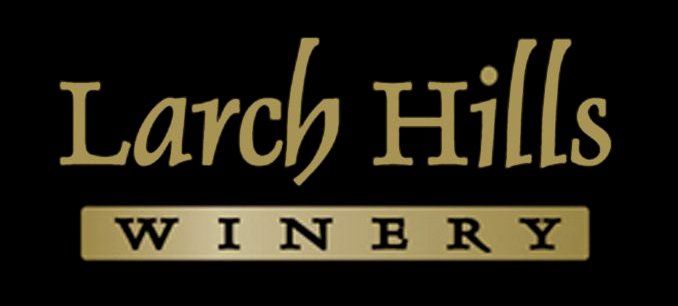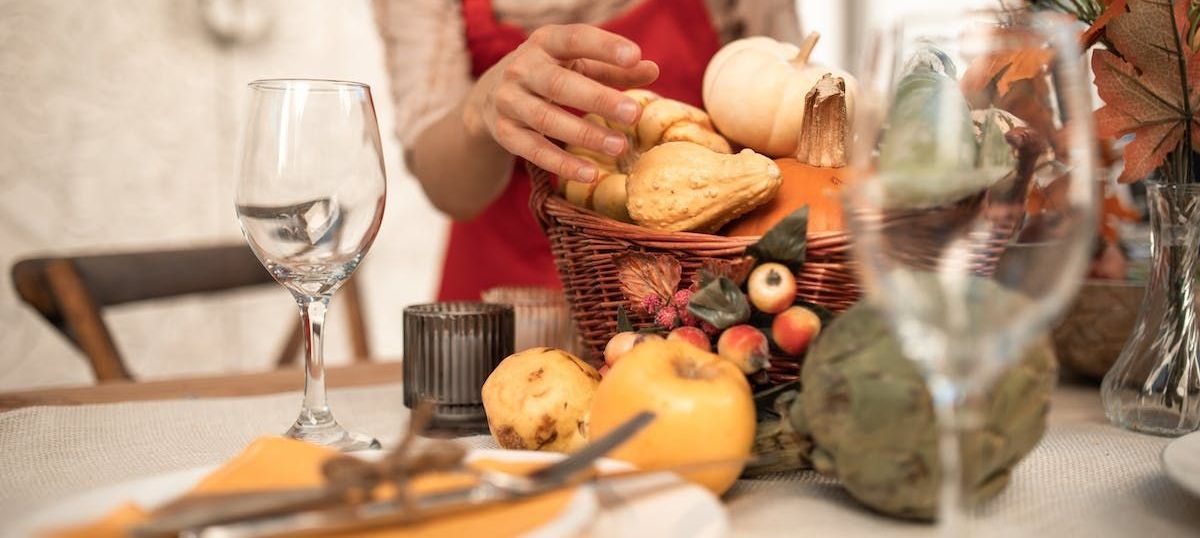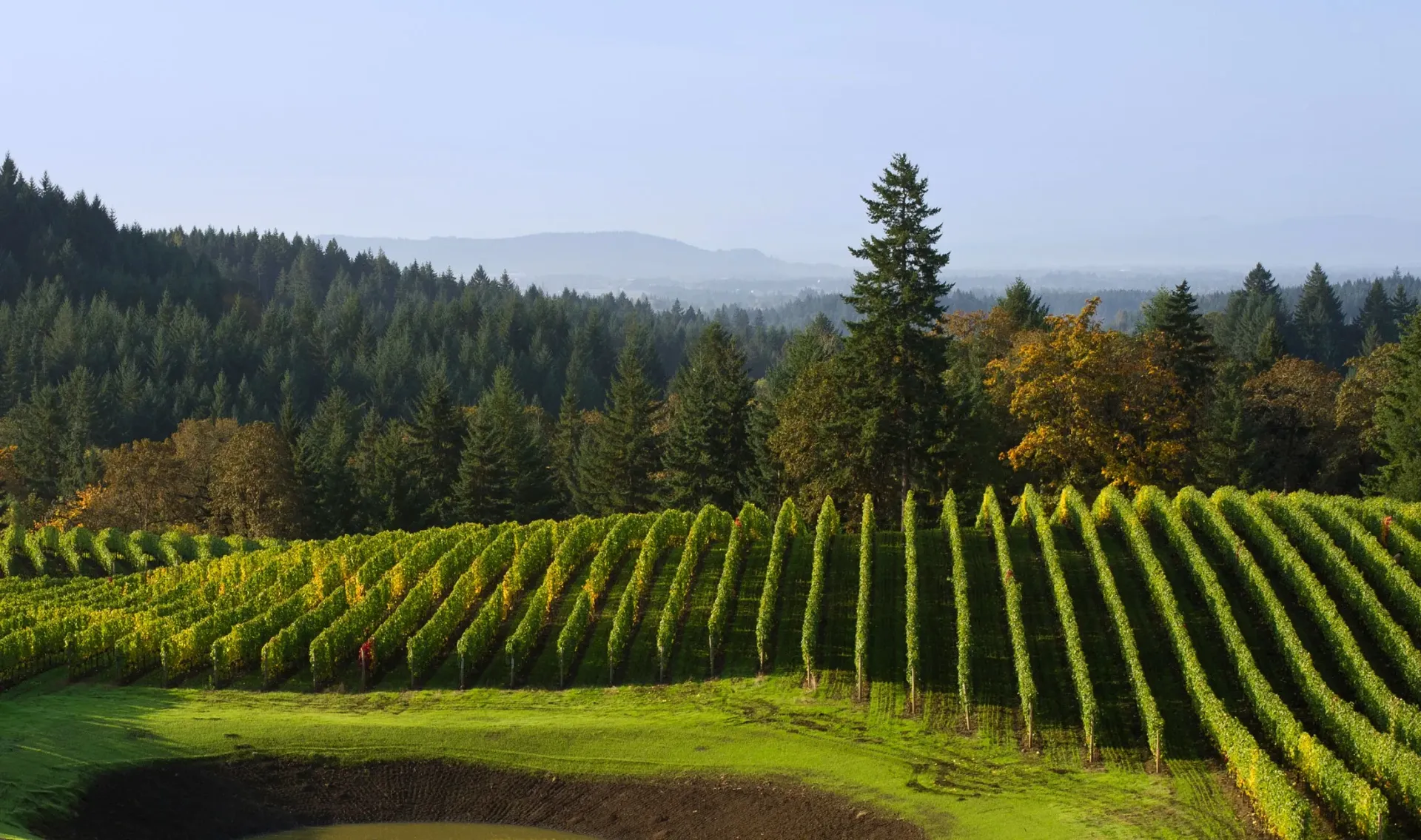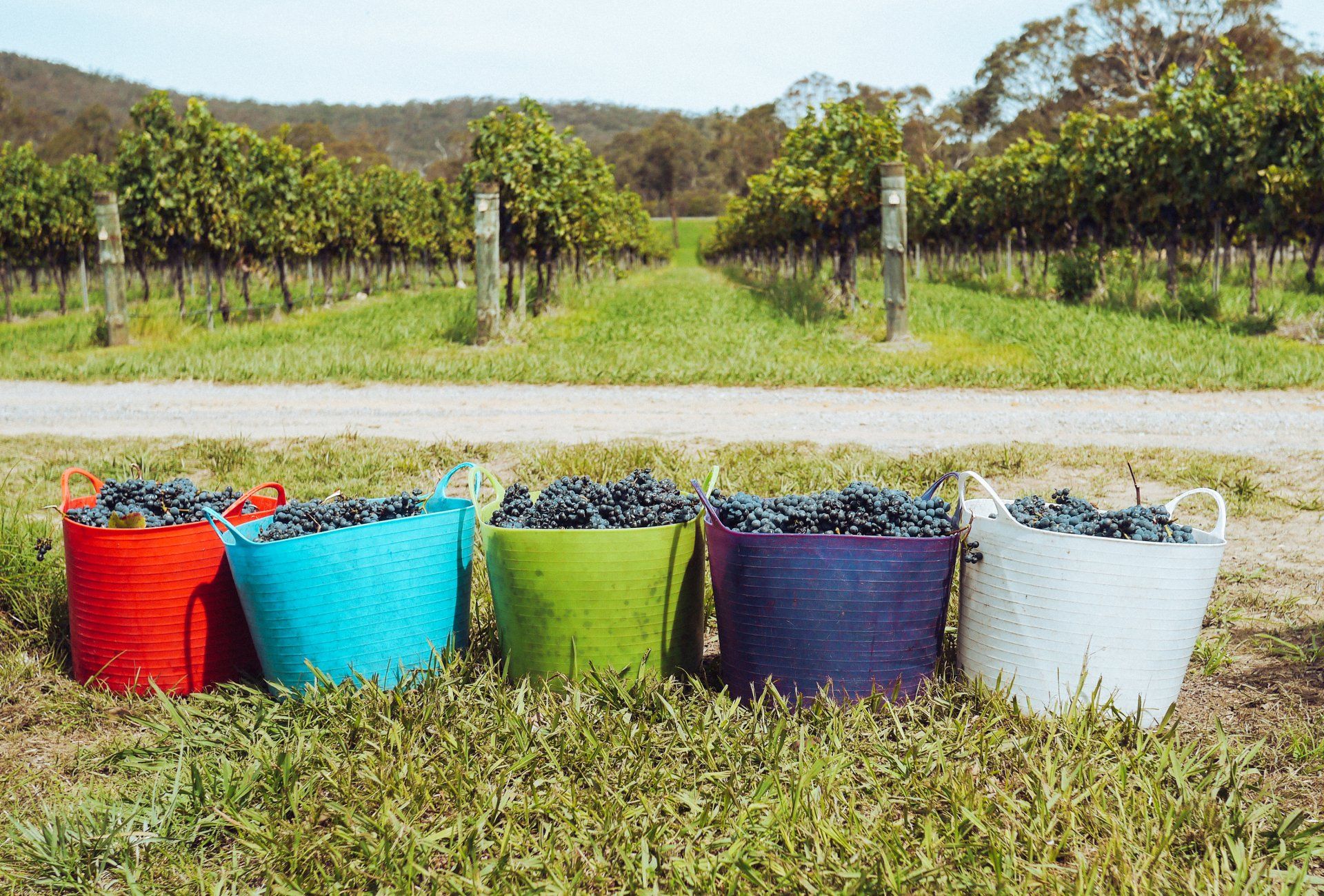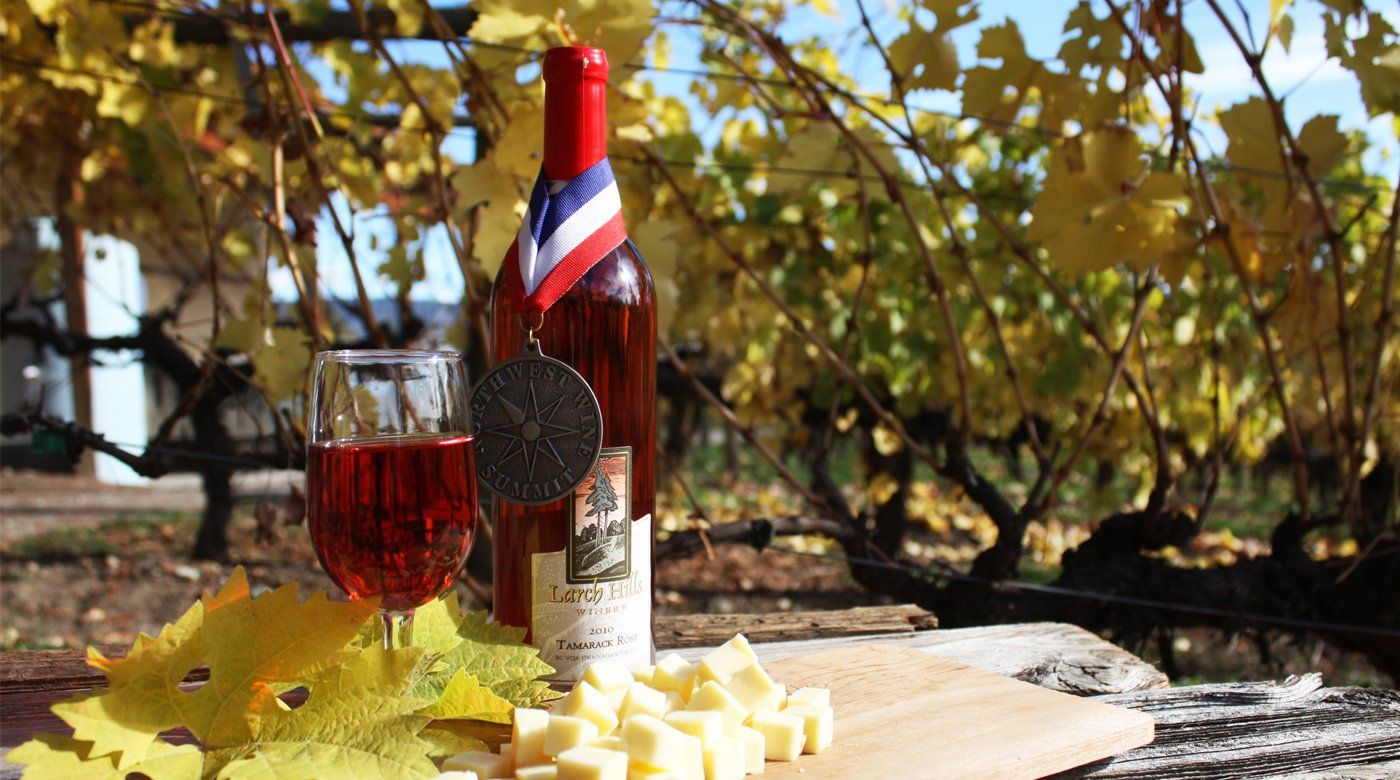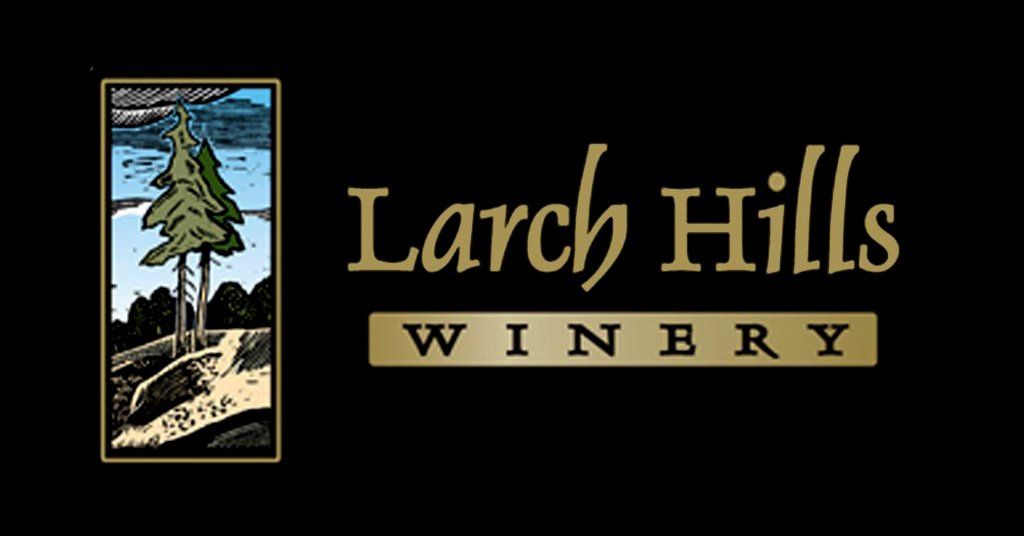White Before Red? In What Order Should I Taste Wine
Do you ever host a formal wine tasting event and you’re left struggling to determine the ideal tasting order? Don’t worry, even some of the most hardcore wine tasters are left wondering how to serve their wines for maximum impact. We’re here to help.
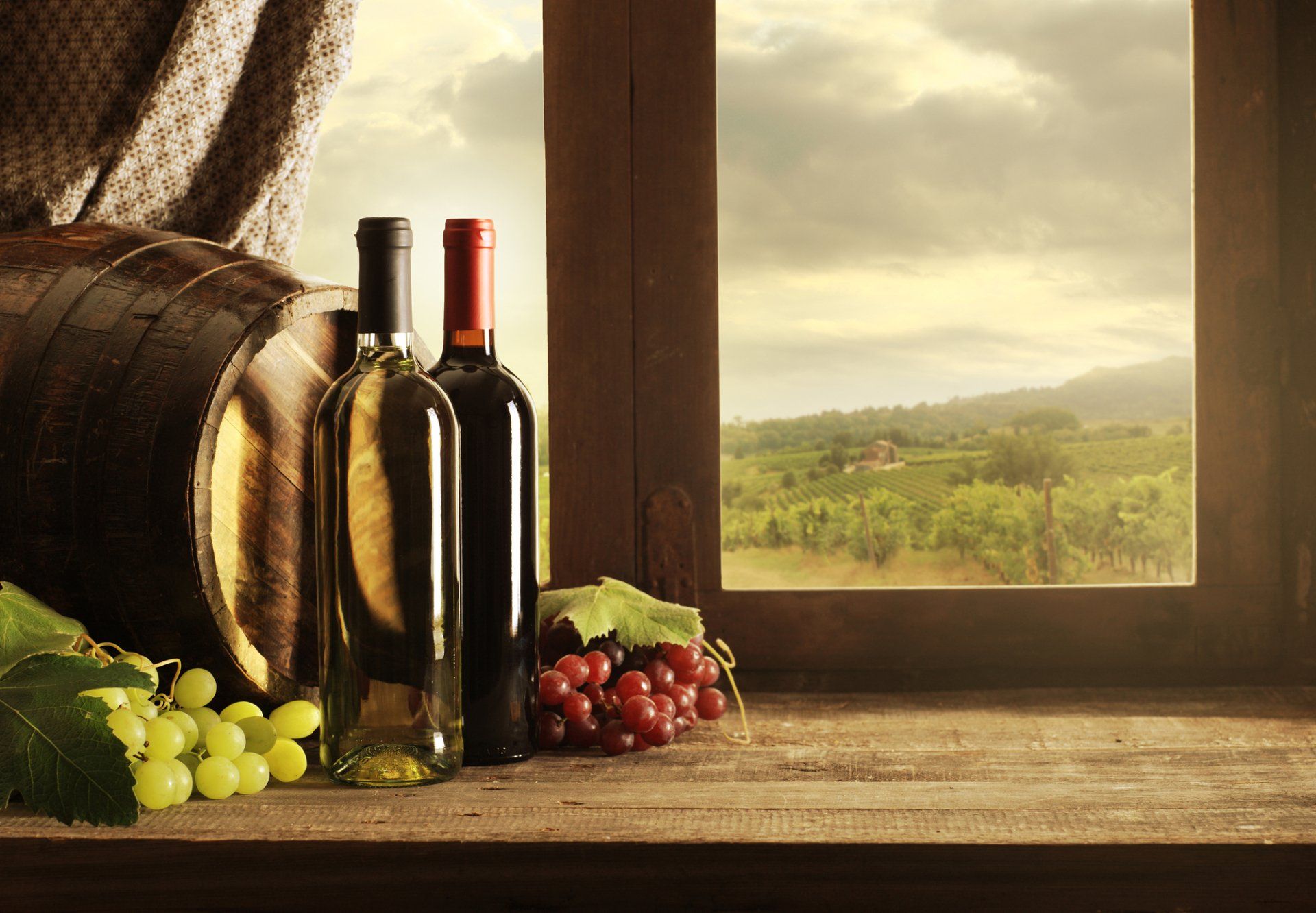
In reality, wines can be consumed in any order. However, the tastes of some wines will diminish the flavors of following wines, sometimes washing them out entirely. Understanding how to weave your wines together to form a cohesive wine tasting order will increase everyone’s enjoyment.
Should you drink a glass of white wine before
red wine? Yes, and there’s a lot more to consider, too. Today, we’re going to go over red wine vs white wine taste and other important attributes that should be considered when crafting your wine tasting order.
What Is the Ideal Wine Tasting Order?
The best way to learn how to order your wines is to follow a few simple rules that are based on the color and flavor of the wine. You could try to memorize a long list of varietals of recommended wine orders, but following a few basic guidelines is much more straightforward.
Begin with Sparkling Wines
If there are any sparkling wines on the agenda, move them to the front of the line. There are many sparkling white wine types and all of them should be imbibed first, regardless of varietal. Sparkling wines and rose wines are usually considered apéritif wines, and are incredibly light. Despite being quite sweet wines at times, they will not leave a lingering taste or otherwise overwhelm the palate. Instead, they’re a great way to kick off the event.
White Before Reds
Now for the infamous guideline: drink your whites before reds. Red wines will always leave a thick taste, regardless of varietal. There are many types of white wine and they should all come before any reds. White wines have fewer tannins and will prime the palate for sampling darker options, rather overwhelming the palate.
What about the white wine tasting order? And how should you order the red wines? This is where the rest of the rules below come into play. You’ll need to understand the flavor notes of all of your wines to accurately follow the remaining guidelines.
What if you start with reds? The strong, thick flavors of red wines and the higher alcohol content have the potential to make the taste of white wines that follow incredibly washed out. In some cases, leading with reds will often diminish the wine aromas of white wines and make them completely flavorless.
Light Body Before Heavy Body
At this point, you’ve split your tasting offering into two primary sections, red and white. Now it’s time to arrange the tasting order within those sections to maximize that taster’s experience.
A light body and sweet wine should lead the charge with a heavy body wine following behind. Alcohol is one of the primary attributes that determine the body of the wine. Higher alcohol wines can often wash out the ability to fully appreciate lighter body wines. Tasters might not fully appreciate the nuanced notes of a Pinot Noir or a Pinot Grigio right after they’ve sipped on a heavy body Cabernet.
What is the body of a wine? It is often described as the feeling of the wine in your mouth. You can think of it similarly to skim milk vs. whole fat milk; they’re going to feel different when consumed. This is especially true in the world of wine where keeping wines in your mouth to appreciate the flavor is a normal part of a wine tasting. Don’t neglect the importance of the wine body in your tasting order.
Dry Before Sweet
Leading with sweet wines will result in drier wines tasting way too acidic. It’s a result of the stark contrast between these two flavor profiles. All types of dry red wine that are set aside for your wine tasting should come before the sweet wines.
Red wine types are often described as dry and contain substantially fewer residual sugars than their sweet counterparts. It’s important to note that sometimes a type of wine that is technically described as dry can end up tasting quite sweet due to the inclusion of ingredients that give off a sweeter flavor profile, such as floral or fruity ingredients. If the actual taste is a bit sweeter, it should come after the drier wines, even if it is described as a dry wine.
Young Before Old
Younger wines have not had the time to develop the complex flavor profiles that are found in older wines. Starting with older wines has the potential to render younger wines unimpressive, even if they’re otherwise delicious wines. This rule is true among all of the different types of white wine and should heavily influence your wine tasting order.
Finalize with Fortified
There are many types of red wine and white wine to explore and many of them are fortified. A fortified wine describes any type of wine that has had a distilled spirit added. The entire purpose is to increase the alcohol percentage of the wine.
Wine tastings should always end with fortified wines. The artificially inflated alcohol content leads to these wines overwhelming the palate and severely diminishes the flavor of any wines that follow.
As an aside, there are plenty of world-class fortified wines to explore. Fortified wines often have the reputation of being cheap and of poor quality, but that’s not always true. There are plenty of winemakers who have mastered that art of wine fortification and they deserve their acclaim.
Your Wine Tasting Can Be a Resounding Success
Abiding by these rules can be difficult, but properly ordering wines for your private wine tasting will greatly improve the experience of your guests. Our wines are made from grapes that grow in cooler climates, which is the case with the fascinating North Okanagan wine region.
Our public wine tasting Vancouver is expertly crafted to abide by all of the above rules to provide an amazing experience.
Shop our wine selection to discover a world of amazing wines.
